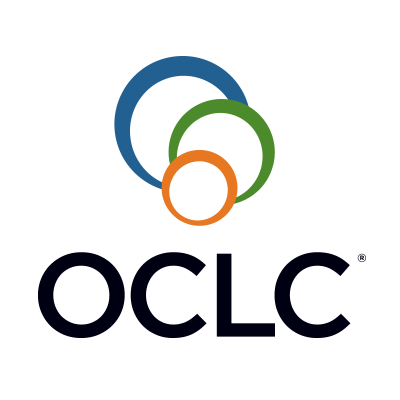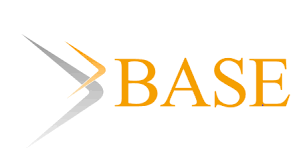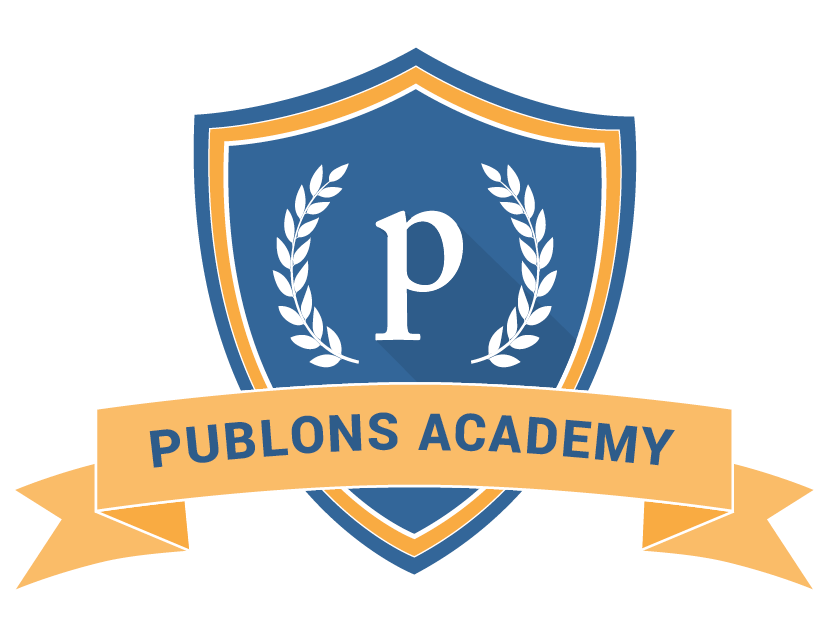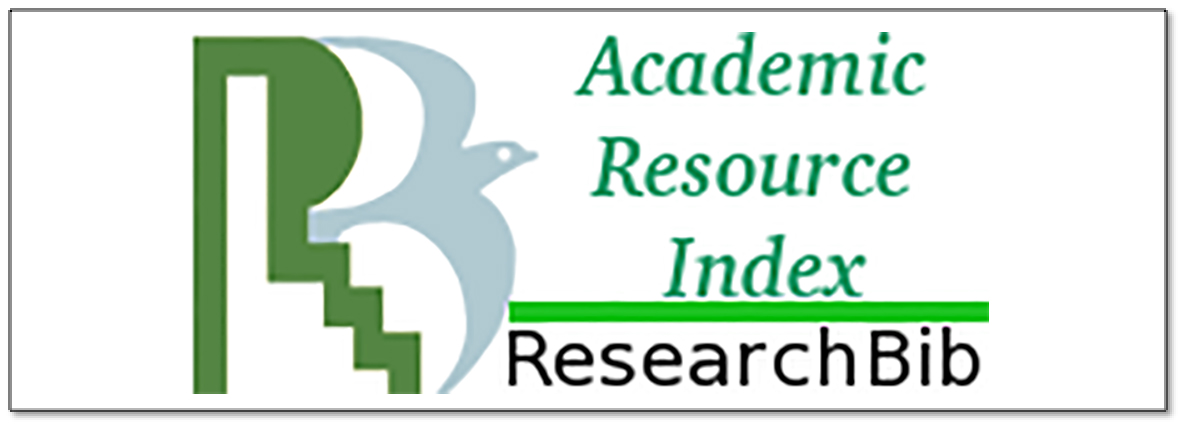Study on Self-healing Concrete types – A review
A review
Abstract
The most popular treatment for concrete structure is self-healing method to enhance the durability of concrete. The relevance between cracks and conceivable self-healing method is sophisticated and environmentally considered. This current paper a review on biological, natural and chemical mechanism of self-healing concrete was deeply evaluated from past journal was published about them and the main purposed of this paper as focuses on biological processes of self-healing concrete. The data introduced in current study as huge substantial for bioprocess and biotechnologists engineer to provide useful details on present condition of self-healing concrete.
References
2- Van Breugel K. Is there a market for self-healing cement-based materials. Proceedings of the first international conference on self-healing materials 2007 Apr 18 (pp. 1-9).
3- Balazs AC. Modeling self-healing materials. Materials today. 2007 Sep 1; 10(9):18-23.
4- Zwaag S, editor. Self-healing materials: an alternative approach to 20 centuries of materials science. Dordrecht, the Netherlands: Springer Science+ Business Media BV; 2008 Nov.
5- Wool RP. Self-healing materials: a review. Soft Matter. 2008; 4(3):400-18.
6- Nosonovsky M, Bhushan B. Multiscale dissipative mechanisms and hierarchical surfaces: friction, superhydrophobicity, and biomimetics. Springer Science & Business Media; 2008 Jun 21.
7- Nosonovsky M, Bhushan B. Thermodynamics of surface degradation, self-organization and self-healing for biomimetic surfaces. Philosophical Transactions of the Royal Society of London a: Mathematical, Physical and Engineering Sciences. 2009 Apr 28; 367(1893):1607-27.
8- Koch K, Bhushan B, Ensikat HJ, Barthlott W. Self-healing of voids in the wax coating on plant surfaces. Philosophical Transactions of the Royal Society of London a: Mathematical, Physical and Engineering Sciences. 2009 May 13; 367(1894):1673-88.
9- Nosonovsky M, Amano R, Lucci JM, Rohatgi PK. Physical chemistry of self-organization and self-healing in metals. Physical Chemistry Chemical Physics. 2009; 11(41):9530-6.
10- Talaiekhozan A, Keyvanfar A, Shafaghat A, Andalib R, Majid MA, Fulazzaky MA, Zin RM, Lee CT, Hussin MW, Hamzah N, Marwar NF. A review of self-healing concrete research development. Journal of Environmental Treatment Techniques. 2014; 2(1):1-1.
11- Nosonovsky M, Amano R, Lucci JM, Rohatgi PK. Physical chemistry of self-organization and self-healing in metals. Physical Chemistry Chemical Physics. 2009; 11(41):9530-6.
12- Siddique R, Chahal NK. Effect of ureolytic bacteria on concrete properties. Construction and Building Materials. 2011 Oct 1; 25(10):3791-801.
13- Al-Thawadi SM. Ureolytic bacteria and calcium carbonate formation as a mechanism of strength enhancement of sand. J. Adv. Sci. Eng. Res. 2011; 1(1):98-114.
14- Jonkers HM. Self-healing concrete: a biological approach. InSelf healing materials 2007 (pp. 195-204). Springer, Dordrecht.
15- Toohey KS, Sottos NR, Lewis JA, Moore JS, White SR. Self-healing materials with microvascular networks. Nature materials. 2007 Aug; 6(8):581.
16- Wu M, Johannesson B, Geiker M. A review: Self-healing in cementitious materials and engineered cementitious composite as a self-healing material. Construction and Building Materials. 2012 Mar 1; 28(1):571-83.
17- Zwaag S, editor. Self-healing materials: an alternative approach to 20 centuries of materials science. Dordrecht, the Netherlands: Springer Science+ Business Media BV; 2008 Nov.
18- Edvardsen C. Water permeability and autogenous healing of cracks in concrete. Materials Journal. 1999 Jul 1; 96(4):448-54.
19- Xia H. Self-healing of engineered cementitious composites (ECC) in concrete repair system. Delft Univeristy of Technology, Delft. 2010.
20- Yang Y, Lepech MD, Yang EH, Li VC. Autogenous healing of engineered cementitious composites under wet–dry cycles. Cement and Concrete Research. 2009 May 1; 39(5):382-90.
21- Qian S, Zhou J, De Rooij MR, Schlangen E, Ye G, Van Breugel K. Self-healing behavior of strain hardening cementitious composites incorporating local waste materials. Cement and Concrete Composites. 2009 Oct 1; 31(9):613-21.
22- D. Homma, H. Mihashi, T. Nishiwaki, (2009) Selfhealing capability of fibre reinforced cementitious composites. J Adv Concr Technol, 7:217–28.
23- Neville A. Autogenous healing—a concrete miracle. Concrete international. 2002 Nov 1; 24(11):76-82.
24- Li VC, Yang EH. Self-healing in concrete materials. InSelf healing materials 2007 (pp. 161-193). Springer, Dordrecht.
25- C. Dry. Procedure developed for self-repair of polymer matrix composite materials (1996) 35:263–9 Compos Struct
26- Motuku MJ, Vaidya UK, Janowski GM. Parametric studies on self-repairing approaches for resin infused composites subjected to low velocity impact. Smart Materials and Structures. 1999 Oct;8(5):623.
27- Bleay SM, Loader CB, Hawyes VJ, Humberstone L, Curtis PT. A smart repair system for polymer matrix composites. Composites Part A: Applied Science and Manufacturing. 2001 Dec 1;32(12):1767-76.
28- J. W. C. Pang, I. P. Bond, (2005) ‘Bleeding composites’ – damage detection and self-repair using a biomimetic approach. Composites Part A, 36:183–8.
29- J. W. C. Pang, I. P. Bond, (2005) a hollow fibre reinforced polymer composite encompassing self-healing and enhanced damage visibility. Compos Sci Technol, 65:1791–9
30- Iheanyichukwu CG, Umar SA, Ekwueme PC. A REVIEW ON SELF-HEALING CONCRETE USING BACTERIA. Sustainable Structures and Materials, an International Journal. 2018 Feb 10; 1(1):12-20.
31- Joseph C, Jefferson AD, Cantoni MB. Issues relating to the autonomic healing of cementitious materials. InFirst international conference on self-healing materials 2007 Apr (pp. 1-8).
32- Nishiwaki T. Fundamental study on development of intelligent concrete with self-healing capability. Master's Thesis. 1997.
33- C. Dry, (1990) Alteration of matrix permeability, pore and crack structure by the time release of internal chemicals. In: Proceedings of advance in cementitious materials. American Ceramic Society: Gaithersbury, Maryland, pp. 729– 68.
34- Dry CM. Three designs for the internal release of sealants, adhesives, and waterproofing chemicals into concrete to reduce permeability. Cement and Concrete Research. 2000 Dec 1; 30(12):1969-77.
35- Dry C. Matrix cracking repair and filling using active and passive modes for smart timed release of chemicals from fibers into cement matrices. Smart Materials and Structures. 1994 Jun; 3(2):118.
36- Dry C, McMillan W. Three-part methylmethacrylate adhesive system as an internal delivery system for smart responsive concrete. Smart Materials and Structures. 1996 Jun; 5(3):297.
37- Dry CM. Three designs for the internal release of sealants, adhesives, and waterproofing chemicals into concrete to reduce permeability. Cement and Concrete Research. 2000 Dec 1; 30(12):1969-77.
38- H. Mihashi, Y. Kaneko, T. Nishiwaki, K. Otsuka,(2000) Fundamental study on development of intelligent concrete characterized by self-healing capability for strength. Trans Jpn Concr Inst, 22: 441–50
39- Hemsley AR, Griffiths PC. Architecture in the microcosm: biocolloids, self-assembly and pattern formation. Philosophical Transactions: Mathematical, Physical and Engineering Sciences. 2000 Jan 1:547-64.
40- White SR, Sottos NR, Geubelle PH, Moore JS, Kessler M, Sriram SR, Brown EN, Viswanathan S. Autonomic healing of polymer composites. Nature. 2001 Feb; 409(6822):794.
41- Ponraj M, Talaiekhozani A, Zin RM, Ismail M, Majid MZ, Keyvanfar A, Kamyab H. Bioconcrete Strength, Durability, Permeability, Recycling and Effects on Human Health: A.
42- Bashir J, Kathwari I, Tiwary A, Singh K. Bio Concrete-The Self-Healing Concrete. Indian Journal of Science and Technology. 2016 Dec 16; 9(47).
43- Soundharya S, Nirmal KK. Strength improvement studies on self-healing characteristics of bacterial concrete. International Journal of Engineering Science Invention Research and Development. 2014:162-4.
44- Chahal N, Rajor A, Siddique R. Calcium carbonate precipitation by different bacterial strains. African Journal of Biotechnology. 2011; 10(42):8359-72.
45- Luo M, Qian CX, Li RY. Factor’s affecting crack repairing capacity of bacteria-based self-healing concrete. Construction and building materials. 2015 Jul 15; 87:1-7.
46- Wang, J. Y., Snoeck, D., Van Vlierberghe, S., Verstraete, W., & De Belie, N. (2014). Application of hydrogel encapsulated carbonate precipitating bacteria for approaching a realistic self-healing in concrete. Construction and building materials, 68, 110-119
47- Jonkers, H. M. (2011). Bacteria-based self-healing concrete. Heron, 56 (1/2)
48- Xu, J., & Yao, W. (2014). Multiscale mechanical quantification of self-healing concrete incorporating nonureolytic bacteria-based healing agent. Cement and concrete research, 64, 1-10.
49- Wang, J., Mignon, A., Snoeck, D., Wiktor, V., Van Vliergerghe, S., Boon, N., & De Belie, N. (2015). Application of modified-alginate encapsulated carbonate producing bacteria in concrete: a promising strategy for crack selfhealing. Frontiers in microbiology, 6, 1088.
50- Wang, J., Jonkers, H. M., Boon, N., & De Belie, N. (2017). Bacillus sphaericus LMG 22257 is physiologically suitable for self-healing concrete. Applied Microbiology and Biotechnology, 1-14.
51- Khaliq, W., & Ehsan, M. B. (2016). Crack healing in concrete using various bio influenced self-healing techniques. Construction and Building Materials, 102, 349-357.
52- Henk MJ, Schlangen E. Development of a bacteria-based self-healing concrete. Taylor and Francis Group, London; 2008. p. 425–30.
53- Jonkers, H. M., Thijssen, A., Muyzer, G., Copuroglu, O., & Schlangen, E. (2010). Application of bacteria as selfhealing agent for the development of sustainable concrete. Ecological engineering, 36(2), 230-235.Chicago.
54- Vijay, K., Murmu, M., & Deo, S. V. (2017). Bacteria based self-healing concrete–A review. Construction and Building Materials, 152, 1008-1014.
55- Siddique, R., Nanda, V., Kadri, E. H., Khan, M. I., Singh, M., & Rajor, A. (2016). Influence of bacteria on compressive strength and permeation properties of concrete made with cement baghouse filter dust. Construction and Building Materials, 106, 461-469.
56- Mihashi, H., & Nishiwaki, T. (2012). Development of engineered self-healing and self-repairing concrete-stateof-the-art report. Journal of Advanced Concrete Technology, 10(5), 170-184.
57- Siddique, R., & Chahal, N. K. (2011). Effect of ureolytic bacteria on concrete properties. Construction and Building Materials, 25(10), 3791-3801.
58- Andalib R, Majid MZ, Keyvanfar A, Talaiekhozan A, Hussin MW, Shafaghat A, Zin RM, Lee CT, Fulazzaky MA, Ismail HH. Durability improvement assessment in different high strength bacterial structural concrete grades against different types of acids. Sadhana. 2014 Dec 1; 39(6):1509-22.
59- Jacobsen S, Sellevold EJ. Self-healing of high strength concrete after deterioration by freeze/thaw. Cement and Concrete Research. 1996 Jan 1; 26(1):55-62.
60- Wiktor V, Jonkers HM. Quantification of crack-healing in novel bacteria-based self-healing concrete. Cement and Concrete Composites. 2011 Aug 1; 33(7):763-70.
61- De Muynck W, Debrouwer D, De Belie N, Verstraete W. Bacterial carbonate precipitation improves the durability of cementitious materials. Cement and concrete Research. 2008 Jul 1; 38(7):1005-14.
62- Zhang, Y., Guo, H. X., & Cheng, X. H. (2015). Role of calcium sources in the strength and microstructure of microbial mortar. Construction and Building Materials, 77, 160-167.
63- Nosouhian, F., Mostofinejad, D., & Hasheminejad, H. (2015). Concrete durability improvement in a sulfate environment using bacteria. Journal of Materials in Civil Engineering, 28(1), 04015064.
64- De Muynck, W., Cox, K., De Belie, N., & Verstraete, W. (2008). Bacterial carbonate precipitation as an alternative surface treatment for concrete. Construction and Building Materials, 22(5), 875-885.
65- Siddique, R., Singh, K., Singh, M., Corinaldesi, V., & Rajor, A. (2016). Properties of bacterial rice husk ash concrete. Construction and Building Materials, 121, 112-119.
66- Vijay, K., Murmu, M., & Deo, S. V. (2017). Bacteria based self-healing concrete–A review. Construction and Building Materials, 152, 1008-1014.

























1.gif)
